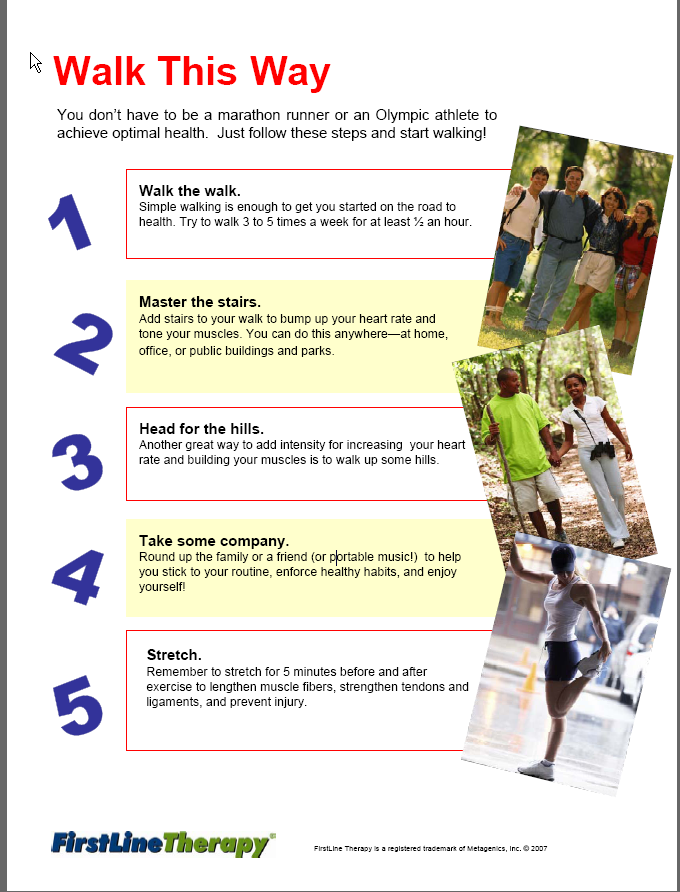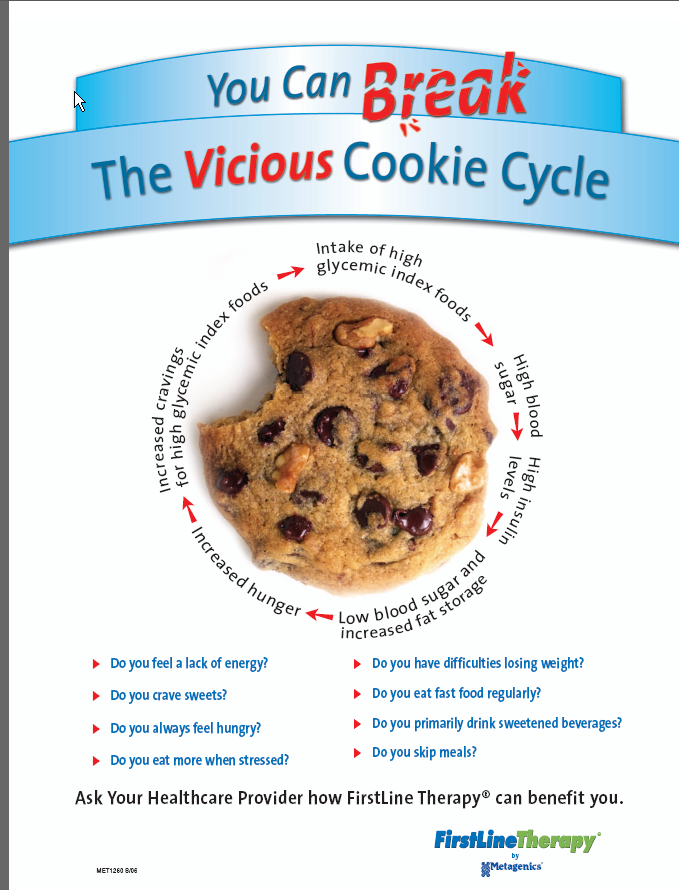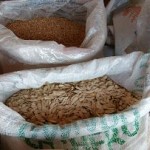The connection between pain in your body and the Chakra system may be worth paying attention to……..
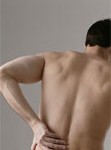
Chakra is believed to be a center of activity that receives, assimilates, and expresses life force energy. The word Chakra literally translates as wheel or disc. Therefore, Chakra defines the spinning spheres of bio-energetic activity that radiate from seven major nerve centers extending forward and upward from the spinal column.
Typically, six of the seven Chakra wheels are referred to. Imagine these wheels stacked in a column of energy that begins in the base of the spine and climbs to the middle of the forehead. The seventh and less referred to Chakra, expands from the crown of the head into the universe. It is beyond the physical region; some choose to call it spiritual. The six predominant Chakra correlate with our mortal states of consciousness.
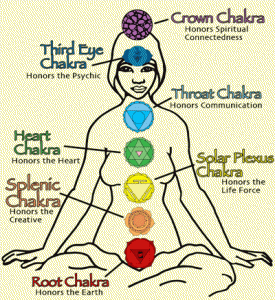
While most bodywork experts agree that tension and pain in the body are largely caused by how we move (or don’t move enough) throughout the day, a growing number of practitioners cite emotional stress as another factor. Deb Shapiro, author of Your Body Speaks Your Mind, stated that understanding how parts of the body connect to certain emotions can help us get in touch with neglected areas of our subconscious. “And the great thing about that is tapping into the root of the problem on an emotional level can heal chronic pain,” said Deb Shapiro.
Neck (“Crown”, “Third Eye” or “Brow” and “Throat” Chakra)
The neck is a two-way communicator: You take in life-sustaining food, water, and air through the neck, and at the same time, emotions, feelings, and thoughts are expressed outwardly through your voice. Stiffness here can indicate resistance, usually to other ways of thinking.
Shoulders (“Throat” and “Heart” Chakra)
Where you carry the weight of your responsibilities, whether it’s work, family, or mortgage payments. Creative energy flows from here, moving into your arms and hands, where it emerges in what you do in the world. Tense shoulders can also indicate resistance, perhaps to the responsibilities you feel you must maintain, or pressure that’s put on you to perform.
Upper back (“Heart” and “Solar Plexus” Chakra)
This is the area on the reverse side from the heart, it is where you can store repressed anger, resentment, guilt, or shame.
Mid back (“Solar Plexus” and “Sacral” or “Spleanic” Chakra)
Your core allows you to bend and move, representing your ability to be psychologically and emotionally flexible. Stiffness in the mid back can reflect an inner stiffness, holding on to a fear, or inability to go with the flow.
Low back (“Sacral” or “Splenic” and “Base” Chakra)
This part of the body supports your weight from above, and it’s related to your notions of survival, security, and self-support. If you’re feeling insecure—or as though you’re unable to meet other people’s expectations—that pressure can manifest in the low back.
Gluteus (“Base” Chakra)
Although seemingly soft, the Gluteus is often the most tense and clenched muscles in the body. This area has to do with elimination and release, self-control and power issues are often held here.
Hamstrings (“Base” Chakra)
These muscles are connected to the knees—which we use to bow down to a higher being—and so tight hamstrings can often mean that a deeper level of surrender is needed. The thighs and hamstrings also hold on to past conflicts, such as traumatic childhood memories, anger, or resentment. This area is also closely associated with sexuality and intimacy.
As you can see, both Eastern and Western medicine suggests, that by tapping into pain you may be experiencing in your physical body and becoming honest about your personal emotional challenges, it is possible to decrease physical aliments and increase your overall well being.
It is also implied that by simply incorporating the Chakra colors that correspond with your area of physical pain into clothing, daily surroundings, and food choices, it is possible to visually stimulate the healing process.
For more information on Chakra in relation to the human body, please click on this link to Wikipedia.


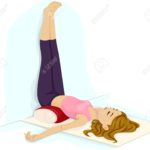
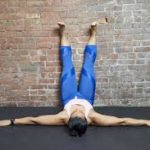





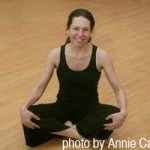
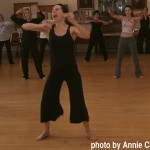

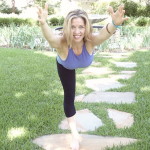

 For exercise that is fun, offers heart health and body toning and can be done in your very own living room try Hula Hooping. Spinning the classic hoop around your waist during the commercials of your favorite television shows will slow down the tendency to eat out of boredom, improve circulation and burn anywhere between 100 and 150 calories for every thirty minutes of spinning.
For exercise that is fun, offers heart health and body toning and can be done in your very own living room try Hula Hooping. Spinning the classic hoop around your waist during the commercials of your favorite television shows will slow down the tendency to eat out of boredom, improve circulation and burn anywhere between 100 and 150 calories for every thirty minutes of spinning.